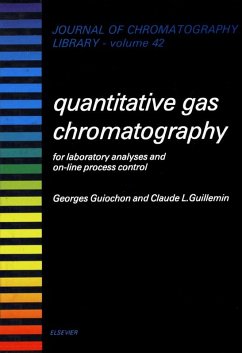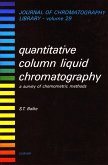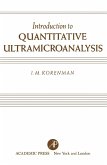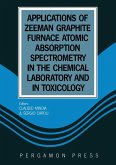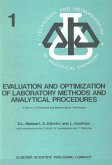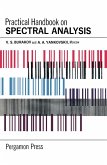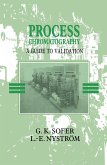This book provides a complete discussion of all the problems involved in the achievement of quantitative analysis by gas chromatography, whether in the research laboratory, in the routine analysis laboratory or in process control. For this reason the presentation of theoretical concepts has been limited to the essential, while extensive explanations have been devoted to the various steps involved in the derivation of precise and accurate data. This starts with the selection of the instrumentation and column, continues with the choice of optimum experimental conditions, then calibration and ends with the use of correct procedures for data acquisition and calculations. Finally, there is almost always a way to reduce errors and an entire chapter deals with this single issue. Numerous relevant examples are presented.
The first part of the book presents the theoretical background, simple enough to be understood by all analytical chemists, but still complete and up-to-date. It discusses the problems of flow dynamics, retention and band broadening. The changes in band profile associated with column overloading are explained without much recourse to mathematics. The second part describes the gas chromatograph and discusses the properties of each of its parts: gas flow and pressure controller sampling system, oven, column switching valves, detectors. The different implementations, their advantages and drawbacks are discussed and compared. In addition, three chapters present packed column technology, open tubular column technology and some sophisticated new phase systems, respectively. The new phase systems described use adsorbents, modified by coating or grafting organic phase, and carrier gases containing vapors which are sorbed by the stationary phase and modify it, such as steam. The third part discusses the applications in qualitative and quantitative analysis. Calibration, peak integration, sources of errors arising from the various parts of the instrument as well as from the measurement process itself are carefully described in four detailed chapters. Methods to carry out accurate and precise analysis are presented. A last chapter is devoted to process control analysis and gives a number of detailed examples of applications. A lexicon explaining the most important chromatographic terms and a detailed index complete the book.
This is a book which no chemical analyst should be without. It should be on the library shelf of all universities, instrument companies and any laboratory and plant where gas chromatography is used.
Dieser Download kann aus rechtlichen Gründen nur mit Rechnungsadresse in A, B, BG, CY, CZ, D, DK, EW, E, FIN, F, GR, HR, H, IRL, I, LT, L, LR, M, NL, PL, P, R, S, SLO, SK ausgeliefert werden.
Hinweis: Dieser Artikel kann nur an eine deutsche Lieferadresse ausgeliefert werden.

